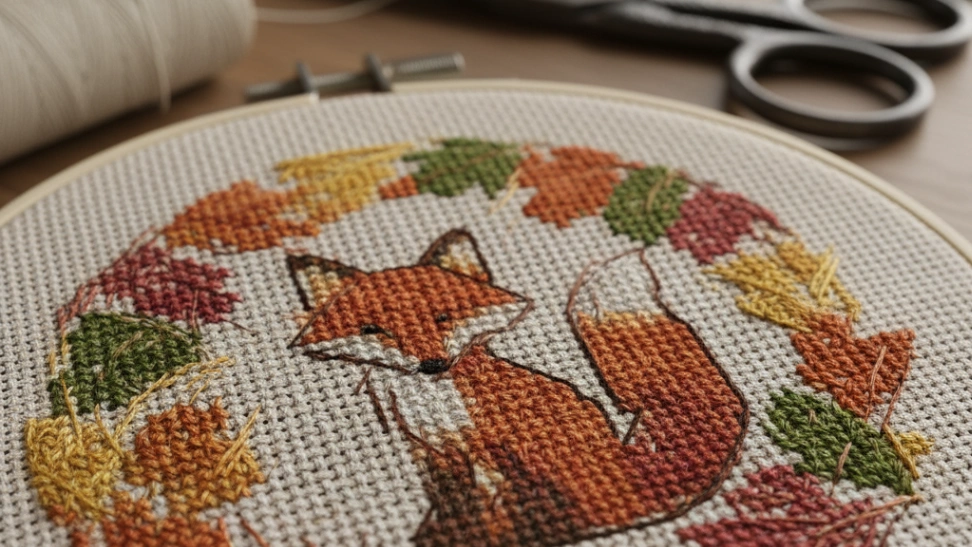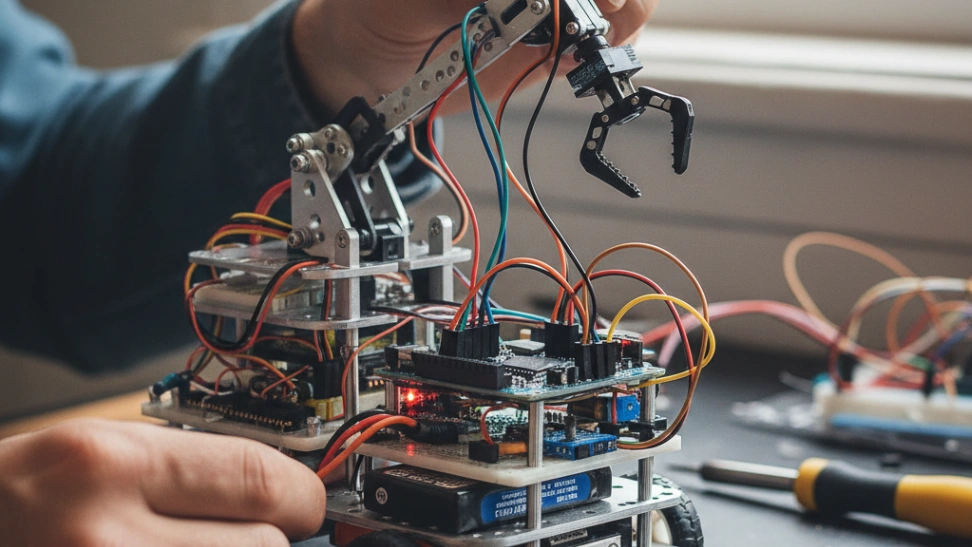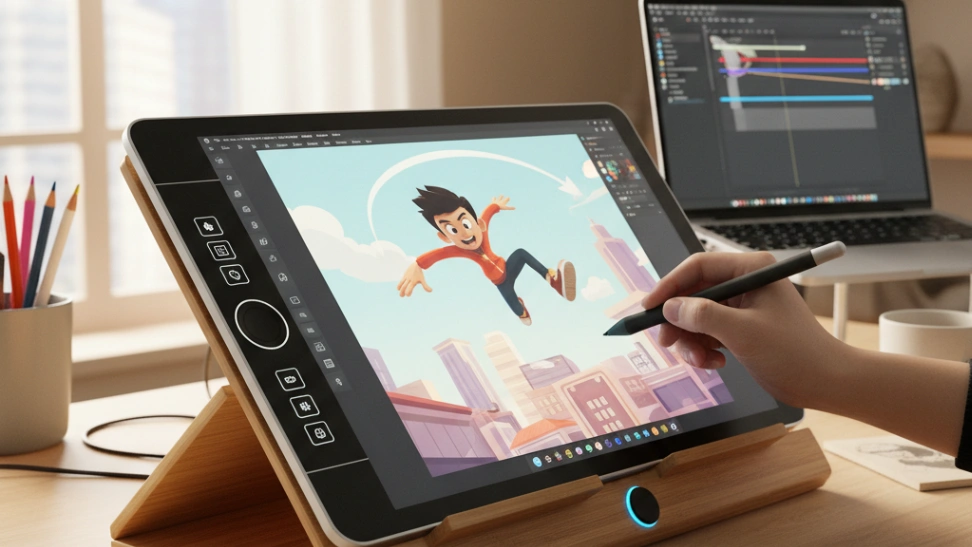This age-old craft involves following a pattern, often printed or digital, that dictates where each color of thread should be placed on the fabric's grid. The process is inherently methodical: each 'X' stitch is formed by two diagonal stitches, typically worked in consistent directions for a neat finish. While the basic technique is straightforward, the true artistry emerges in the careful selection of thread colors, fabric counts, and the precision of each stitch. Enthusiasts often find joy in the rhythmic motion of needlework, which can be a highly effective stress reliever and a way to practice mindfulness. It’s a hobby that encourages patience and attention to detail, as every tiny stitch contributes to the larger, beautiful design. The tactile nature of working with fabric and thread provides a sensory experience that many find deeply satisfying.
The history of cross-stitching is rich and spans millennia, with evidence of early forms of needlework found in ancient cultures across the globe. While the exact origins of the "cross" stitch itself are debated, decorative stitching on fabric dates back to antiquity, with examples found in Egypt, China, and Persia. The technique as we largely recognize it today began to flourish in Europe during the Middle Ages, primarily for decorating clothing, household linens, and religious vestments. By the 16th to 18th centuries, cross-stitch became immensely popular, particularly among women, often used for creating educational samplers to teach young girls alphabets and moral maxims, as well as for marking household items. These samplers evolved into intricate works of art, showcasing a wide range of motifs, from flora and fauna to complex geometric patterns and allegorical scenes. The Industrial Revolution brought about advancements in fabric and thread production, making cross-stitching more accessible to the masses. Patterns became widely available in magazines and kits, transforming it from a purely practical skill into a beloved pastime. In the Victorian era, it reached new heights of popularity, adorning everything from wall hangings to furniture.
Today, cross-stitching has seen a significant resurgence, embracing both its traditional roots and contemporary trends. Modern designers continually push the boundaries, creating patterns that range from sarcastic internet memes and pixelated video game characters to stunningly realistic portraits and landscapes. The availability of digital patterns, online communities, and a vast array of specialty threads and fabrics has broadened its appeal to a new generation of crafters. While some still prefer the serene solitude of stitching a complex piece over months, others engage in "stitch-alongs" and online challenges, sharing their progress and inspiring fellow enthusiasts. The craft bridges generations, with grandmothers teaching grandchildren, and online tutorials making it accessible to anyone with an internet connection. It’s no longer confined to traditional domestic settings but is celebrated as a versatile art form capable of expressing diverse personal styles and statements.
Beyond the creation of beautiful items, cross-stitching offers numerous cognitive and emotional benefits. The repetitive action can reduce anxiety and improve focus, akin to meditation. It enhances fine motor skills, hand-eye coordination, and problem-solving abilities as stitchers learn to interpret patterns and troubleshoot errors. The sense of accomplishment derived from completing a project, especially a challenging one, is immensely satisfying. Furthermore, the cross-stitching community is incredibly vibrant and supportive, both locally through guilds and workshops, and globally through platforms like Reddit, Instagram, and dedicated forums. Members share tips, showcase their finished works, seek advice, and participate in exchanges, fostering a strong sense of camaraderie and shared passion. This rich social aspect, though often pursued individually, contributes significantly to the hobby's enduring charm and widespread appeal, making it more than just a craft, but a meaningful connection to a global network of fellow creators.



